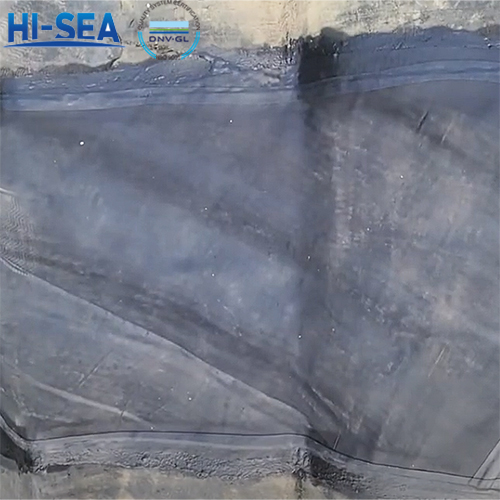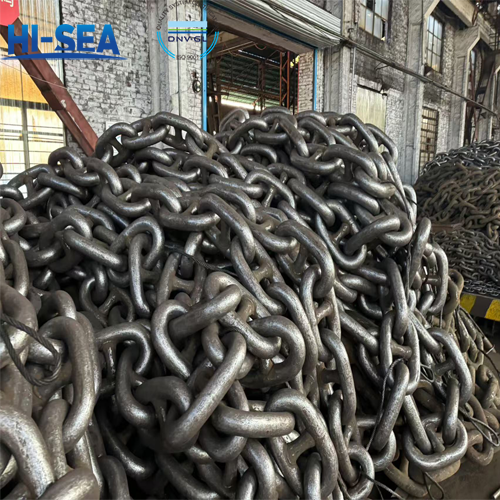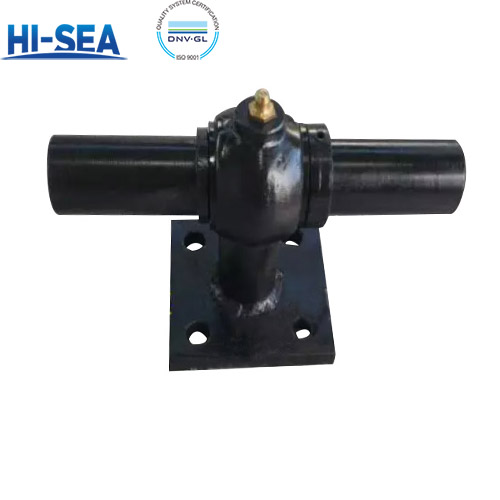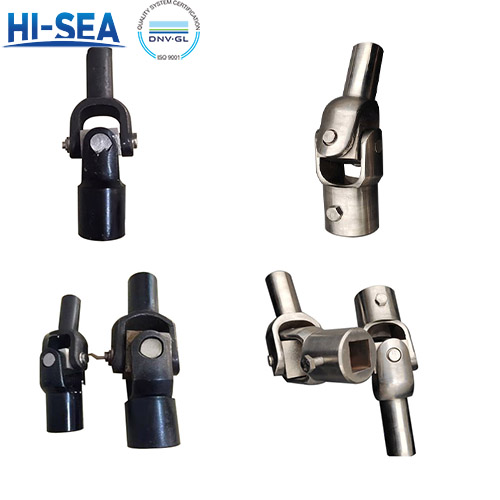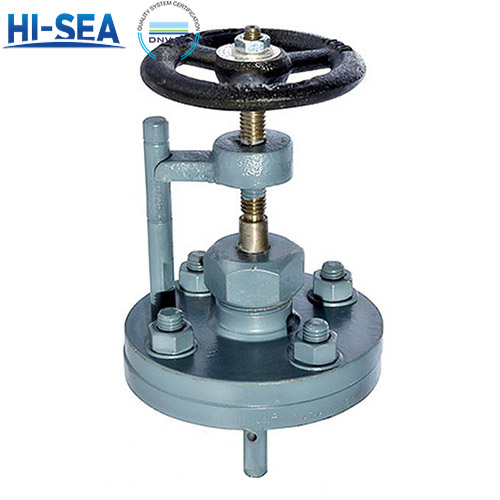
How to Repair Airbags
Marine airbags will be affected by friction, pressure and sun exposure during use, which will lead to surface wear and aging. The airbag is damaged or punctured due to impact, sharp objects or other external factors, resulting in the airbag being unable to inflate normally or maintain pressure. The interface and connector of the airbag may be loose, damaged or worn, which may cause the airbag to be improperly connected or inflated. Therefore, in order to improve the reliability and safety of the airbag and prolong its service life. It is necessary to carry out regular maintenance and inspection of marine airbags.
Overview
General Steps for Repairing Airbags:
1. Assessment: Before starting the repair, thoroughly inspect the airbag to assess the extent and nature of the damage. Look for punctures, tears, cuts, or any other forms of damage.
2. Cleaning: Clean the damaged area and the surrounding area with soap and water to remove any dirt, debris, or contaminants. Allow the area to dry completely before proceeding.
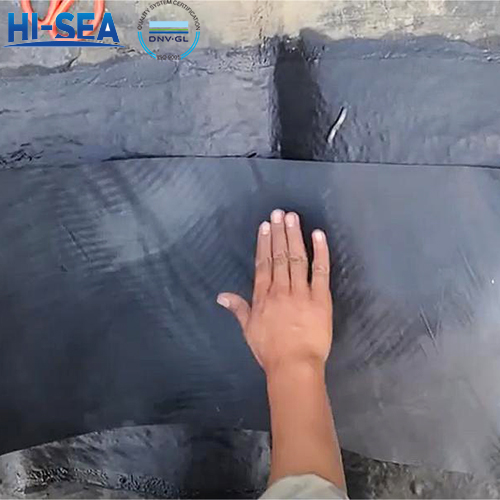
3. Preparation: Prepare the surface for repair by lightly sanding or roughening the damaged area. This helps the repair material adhere better to the surface.
4. Repair Material Selection: Select an appropriate repair material based on the type and extent of damage. Common repair materials for airbags include patches, adhesive tapes, or specialized repair kits designed for inflatable structures.

5. Application: Apply the repair material according to the manufacturer's instructions. Ensure that the material covers the entire damaged area and extends beyond the edges to provide a secure seal.
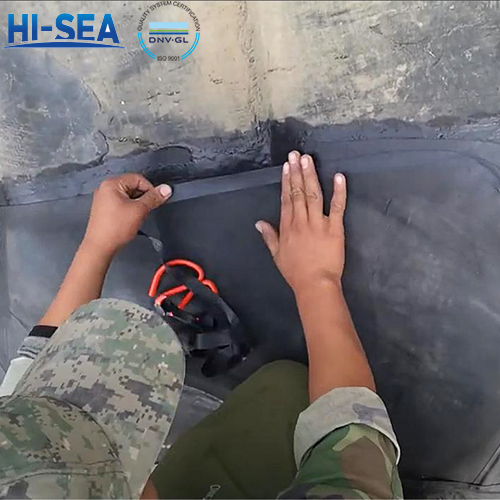
6. Curing: Allow the repair material to cure or set completely before using the airbag. Follow the recommended curing time provided by the manufacturer.
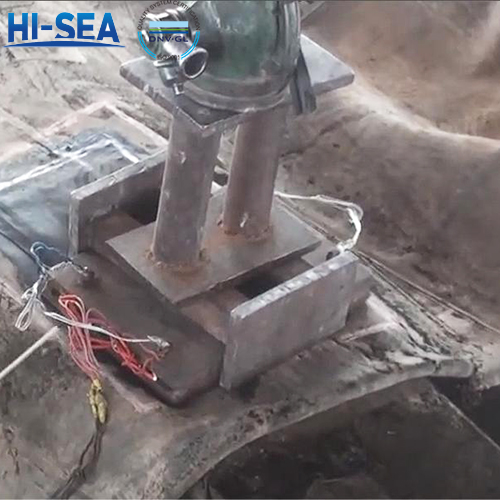
7. Testing: After the repair is complete and the repair material has cured, test the airbag to ensure that it holds air properly and there are no leaks or further damage. Inflate the airbag to the recommended pressure and check for any signs of air leakage.
8. Reinforcement (if necessary): For larger or more extensive damage, consider reinforcing the repair with additional layers of repair material or patches to provide extra strength and durability.
9. Monitoring: Periodically monitor the repaired area for signs of wear or deterioration, especially during use. If any issues arise, promptly address them to prevent further damage.
